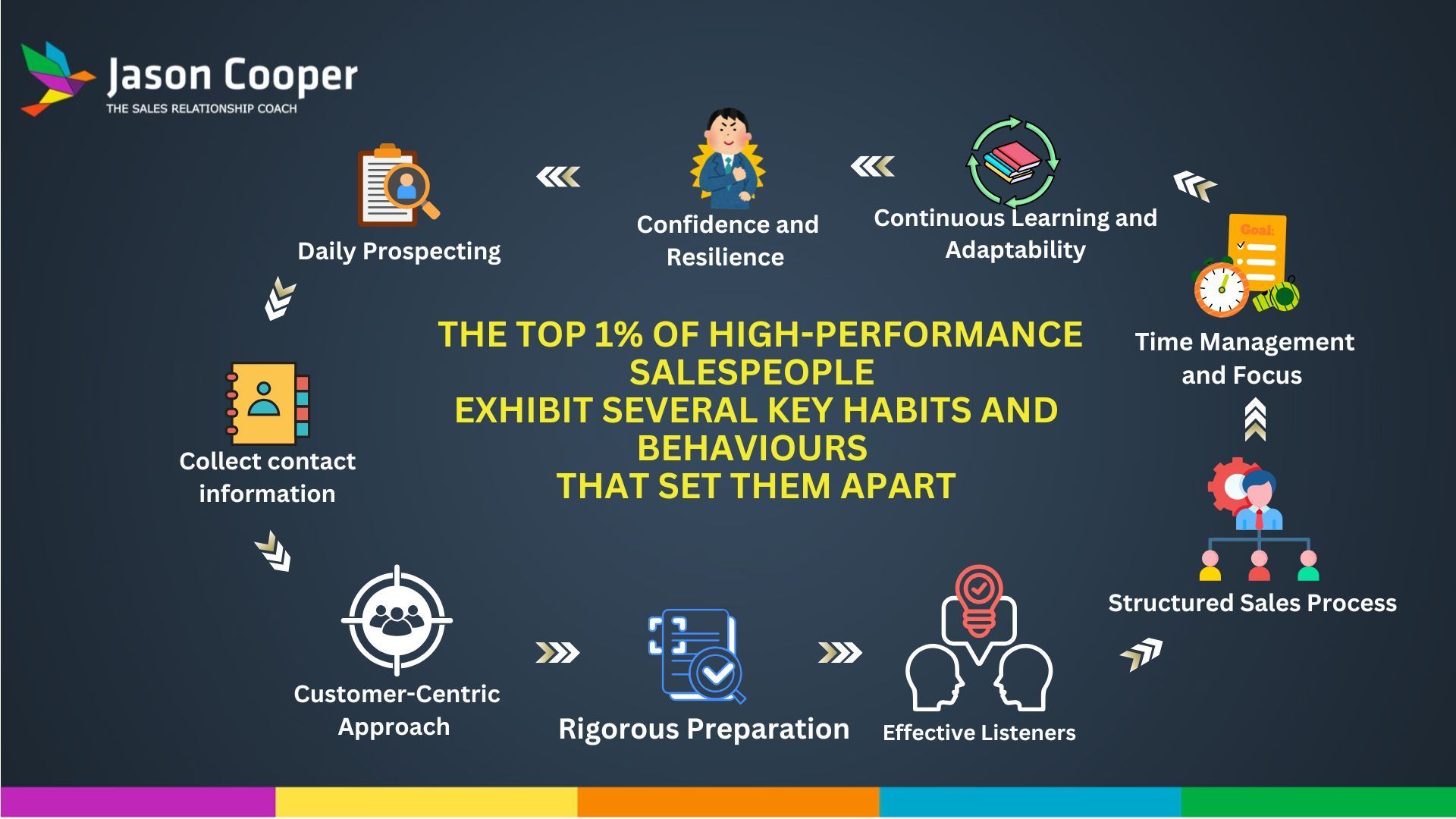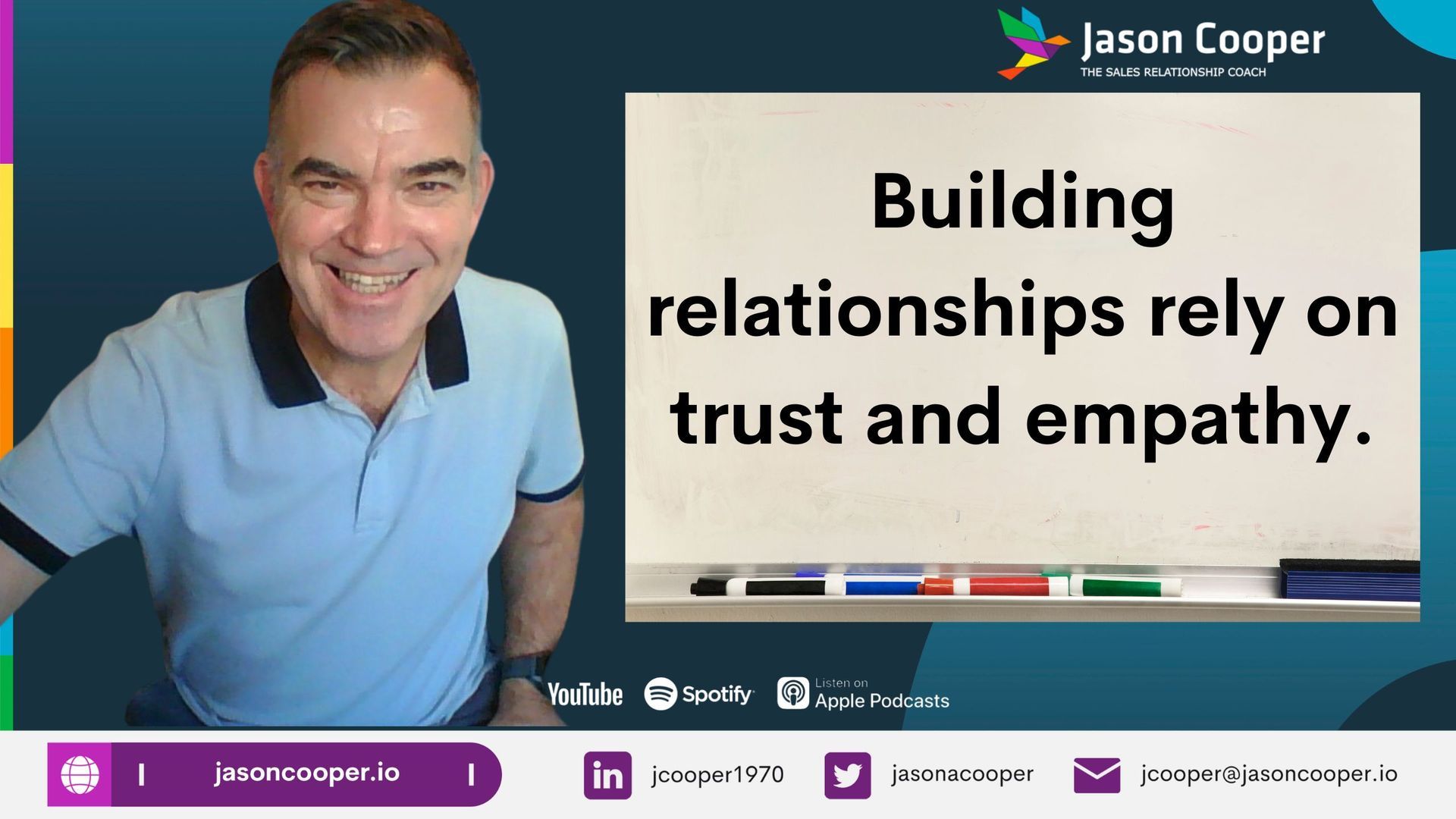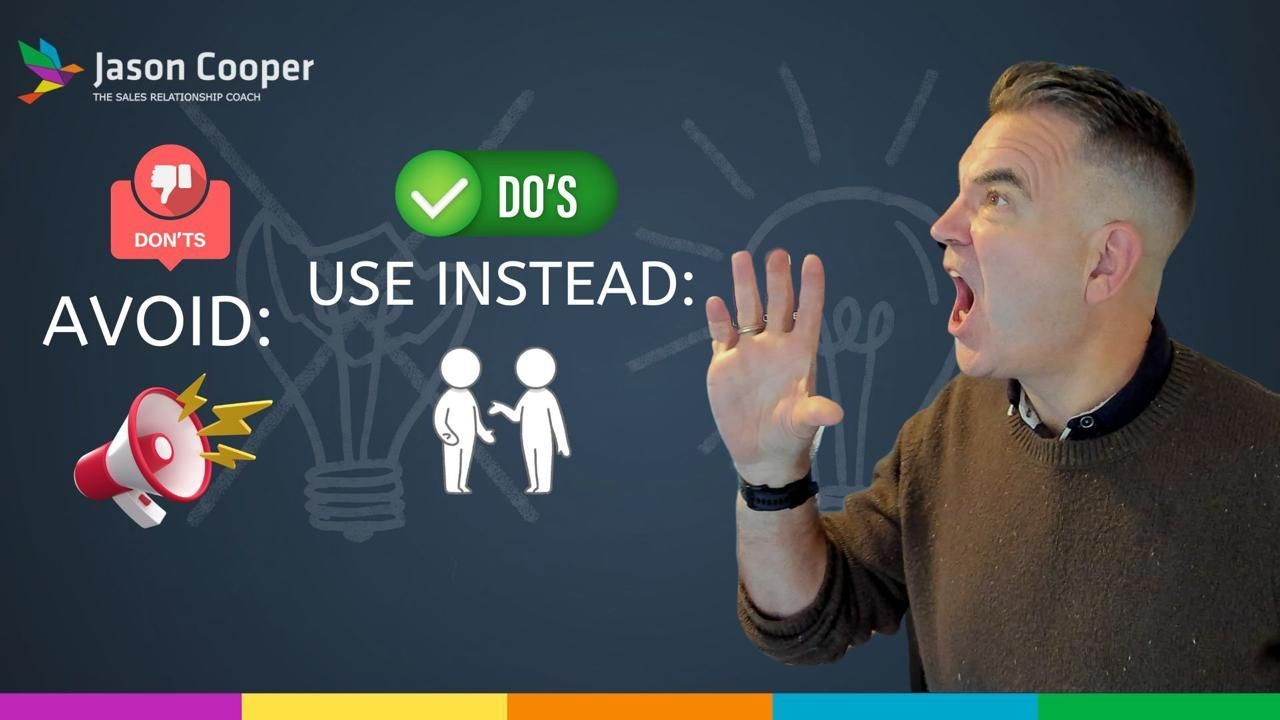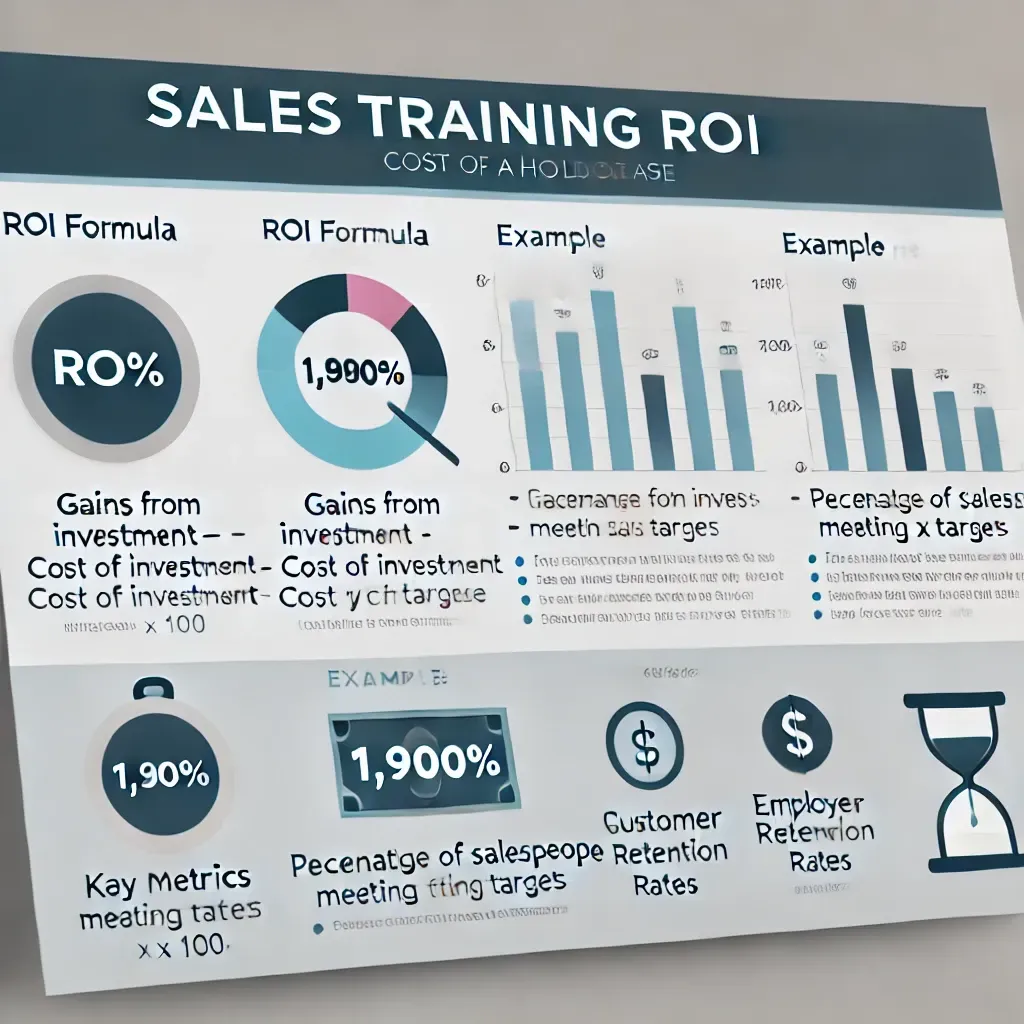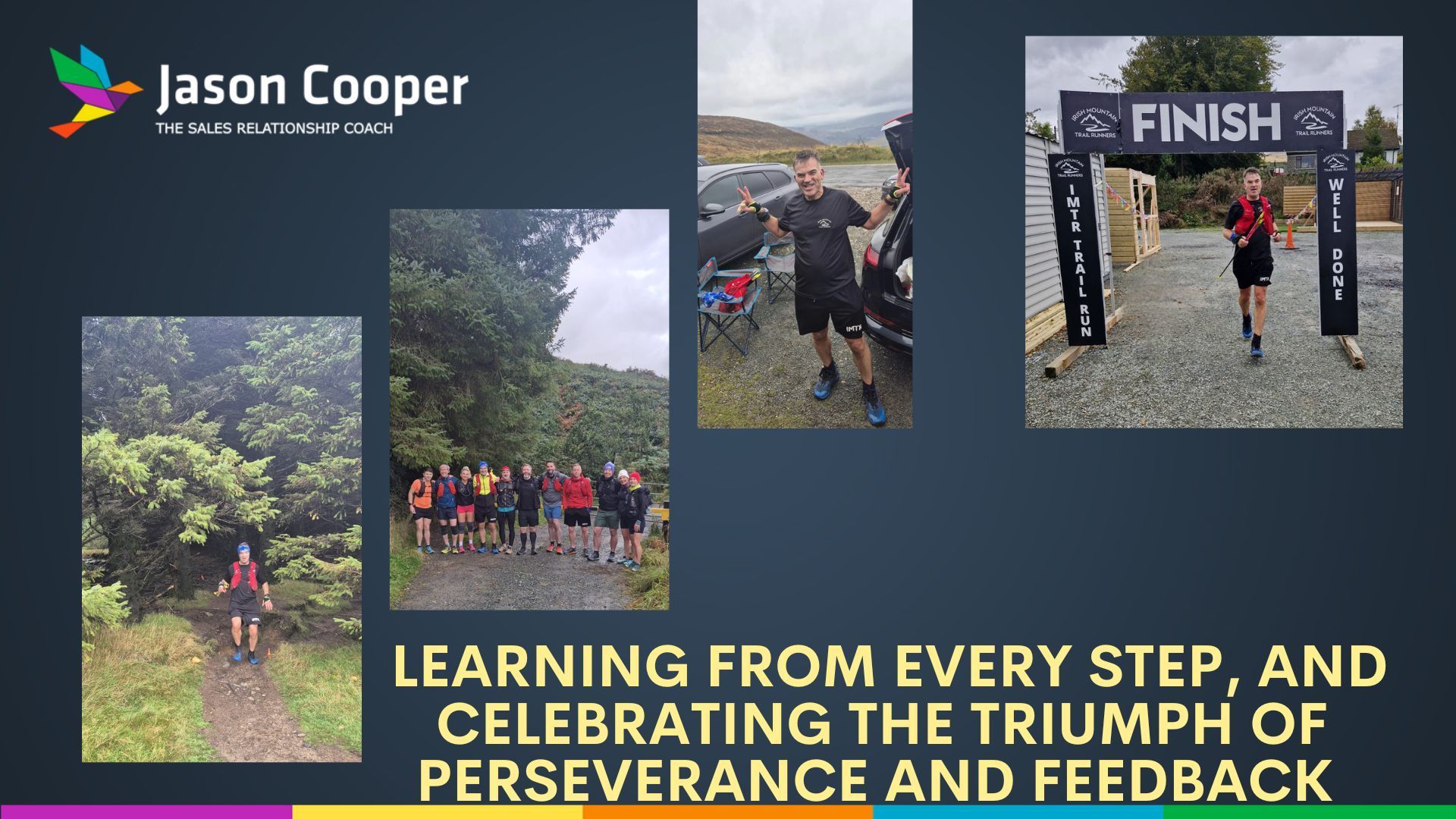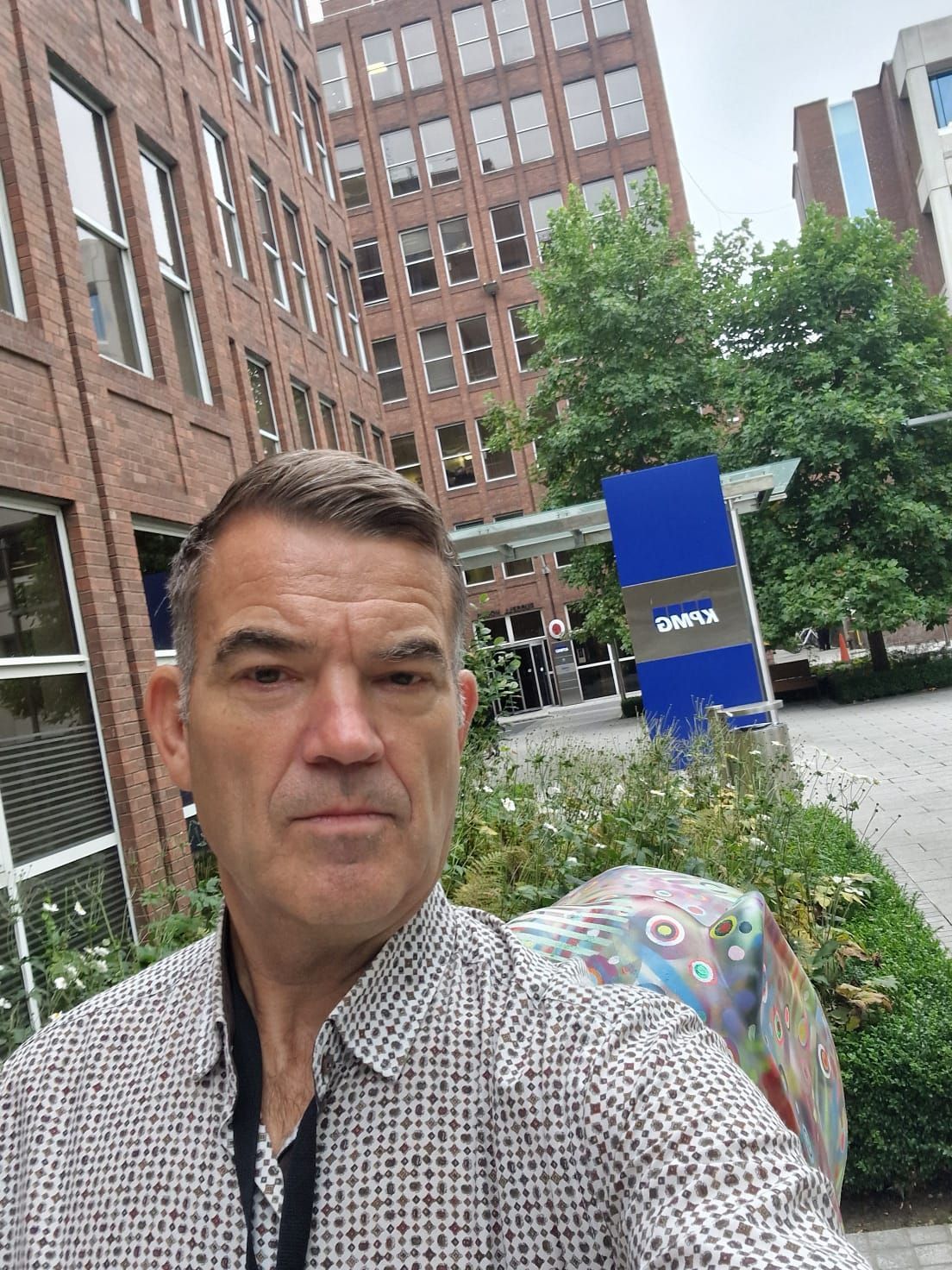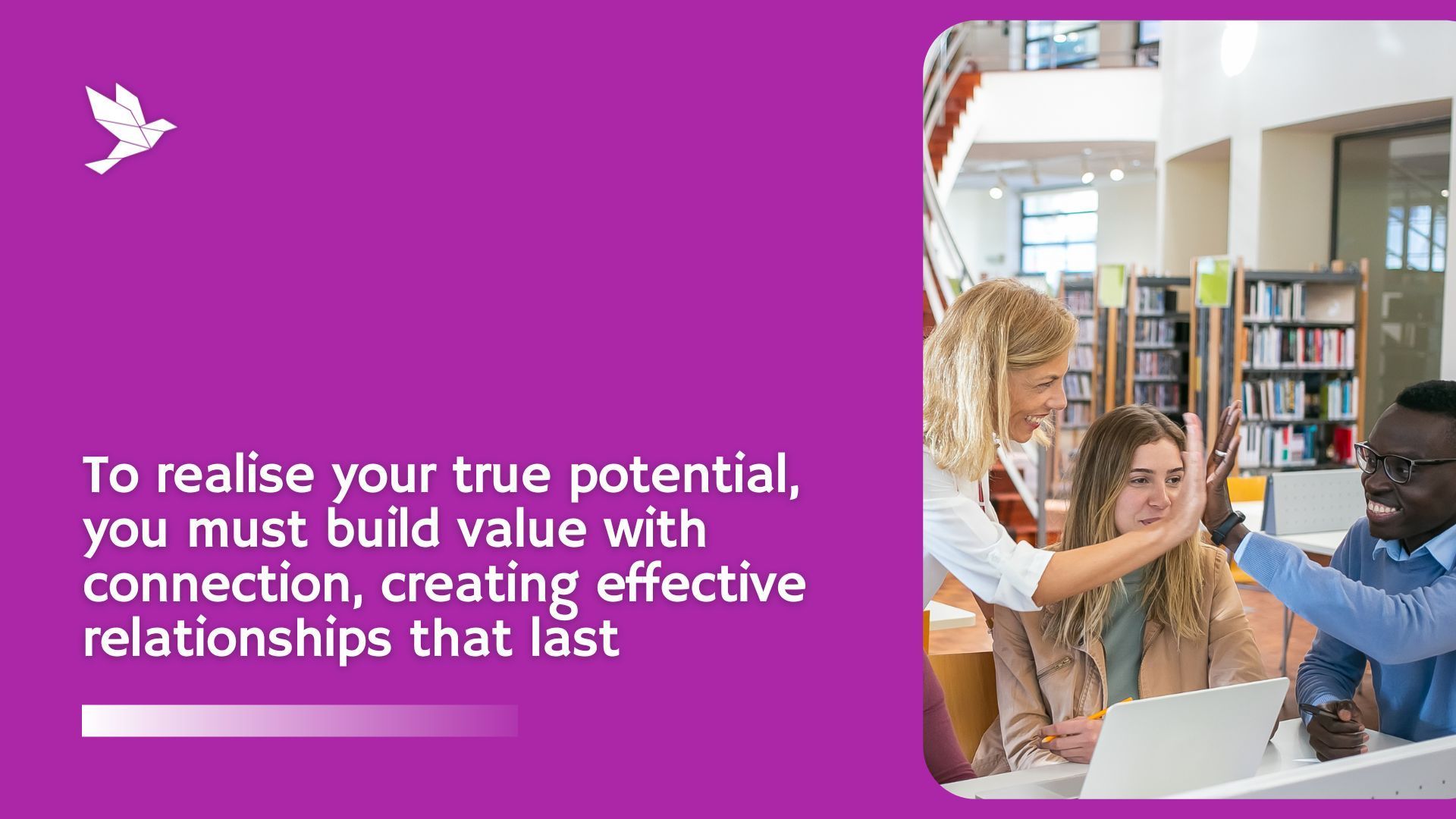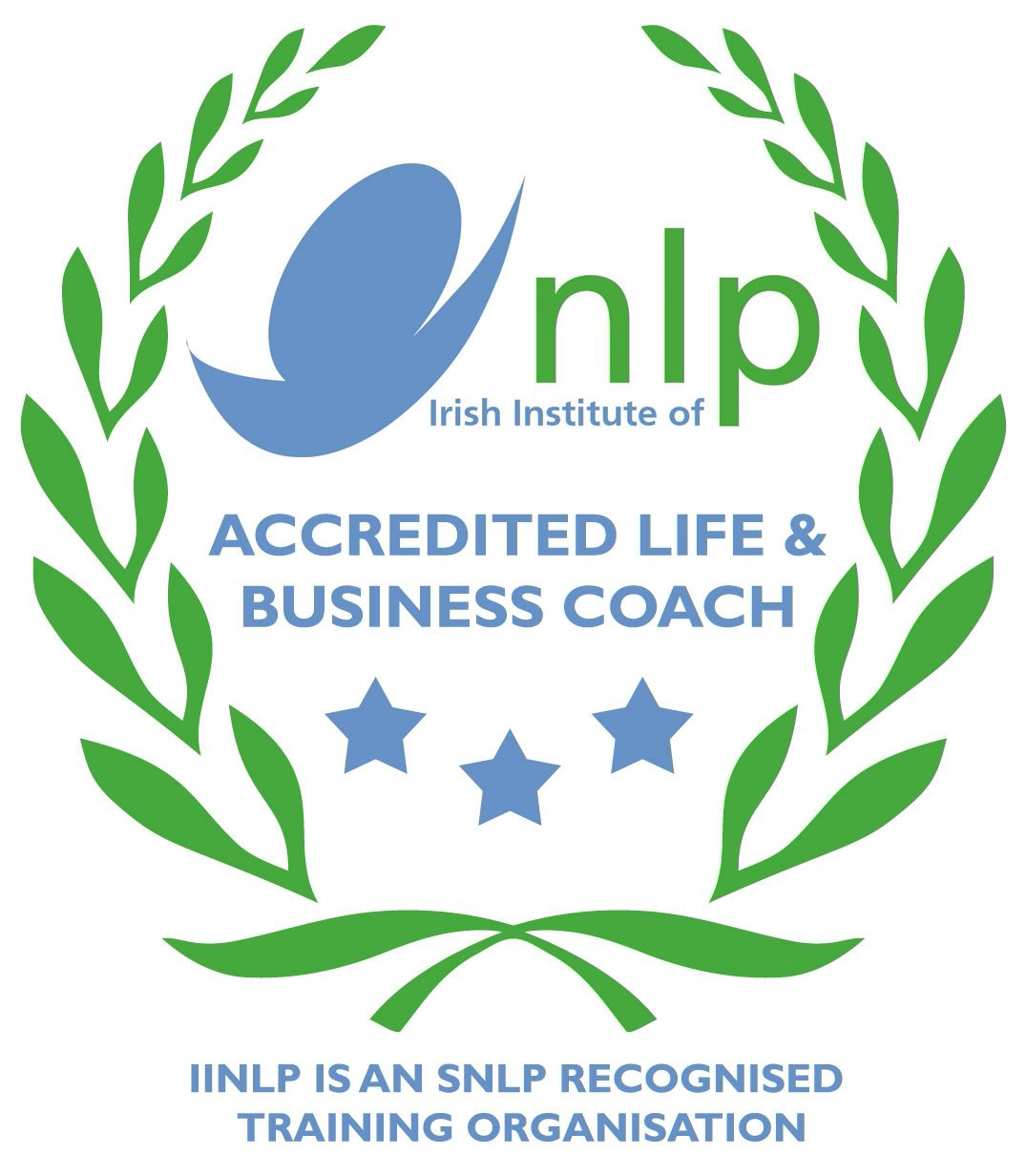Visualisation Techniques for Successful Selling

I've now interviewed over 70 global experts in all areas of sales, psychology, coaching, neuroscience, and so much more, and everyone all use visualisation.
This article will explore the techniques of visualisation, which can be used to set goals and rehearse success.
A visualisation is a powerful tool that allows you to visualise yourself in different scenarios, thus helping you prepare for what might happen on the day ahead or during a meeting.
Studies have shown that better at visualising their future tend to do better than those who don't use this technique as often.
Therefore, when you are given the opportunity to engage with a prospect, whether it is your first or tenth call, they will expect to learn something about your product or service from you that they could not have learned from the Internet.
Whenever you interact with a prospect, you should be prepared and leave nothing to chance. When it is so difficult to establish and maintain meaningful differentiation among products and services, buyers place a greater emphasis on intangible criteria, such as trust, credibility, creativity, and adaptability, when making a choice between sellers.
When engaged with your buyer, make sure that you have a plan in place to provide the value he or she needs to advance to the next step in their buying process. Your prospects also have a limited amount of time.
Whether it's over the phone, online, or in person, I use a simple visualization technique to prepare for each sales call. Here are five simple visualization steps you can practice yourself and teach to your salespeople to improve results.
Let's look at five ways you can use this to help you improve on what you do?
1) SET A GOAL. Ensure the goal is what you want, not what you don't wish to (or worry about that).
2) Think about how happy you will be with all of the things that your mind relaxes and does as you focus on calming yourself. If it takes more than one session, good, but if not, you've done great.
3) USE AS MANY SENSES AS POSSIBLE. Some people can imagine beautiful, brilliant colours and clear images. Others quickly hear – in their minds – a choir singing or a phone ringing. Still, others can feel the emotional exhilaration of closing an important sale. Use all of your senses should be used to make your image come alive: see it, hear it, smell it, taste it and even feel things physically while you read this sentence!
4) FEEL EMOTION. Get your mind to respond as though the experience is confirmed by remembering when you felt confident, enthusiastic, or energetic.
5) To program your mind to respond automatically, you'll have to practice positive expectations by visualising them often. To replace negative worries with positive images, imagine the things you want.
Visualizing a specific, concrete change in your client relationship will lead to great success and growth. Use your imagination to visualize this process, and then watch as it works for you.
High Performance Blog

We talk about the use of humor to humanize the whole selling process. We talk about building trust and resilience. We talk about a little bit of neuroscience as it pertains to buyers and sellers. Jason does a little bit of research and work in that category. Those following us closely know I guested on Jason's podcast, The Global Sales Leader Podcast, which was super fun. We’re looking forward to continuing the conversation on the show.

